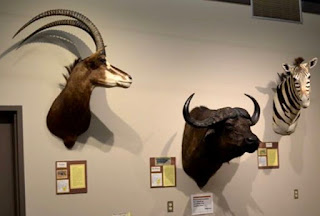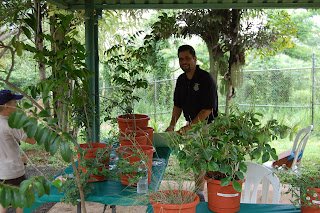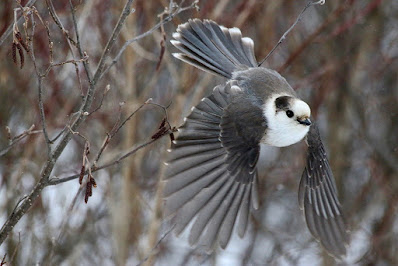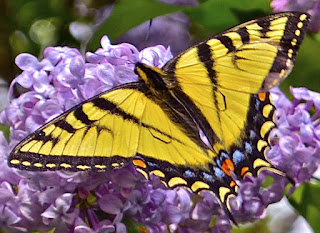Nearly all (North) America's endangered species will struggle to adapt to climate crisis

The Guardian An emaciated moose in Riding Mtn. National Park, Canada. A PinP photo. All but one of 459 species have traits making them vulnerable to rising temperatures, study finds. Story here. To quote from the initial study in Nature, Climate Change: "Climate change is a threat to ecosystems and biodiversity globally and has emerged as a driver of observed and potential species decline and extinction. Government laws and policies should play a vital role in supporting climate change adaptation for imperilled species, yet imperilled species protections have been critiqued as insufficient in Australia, Canada and Europe." PinP -->













